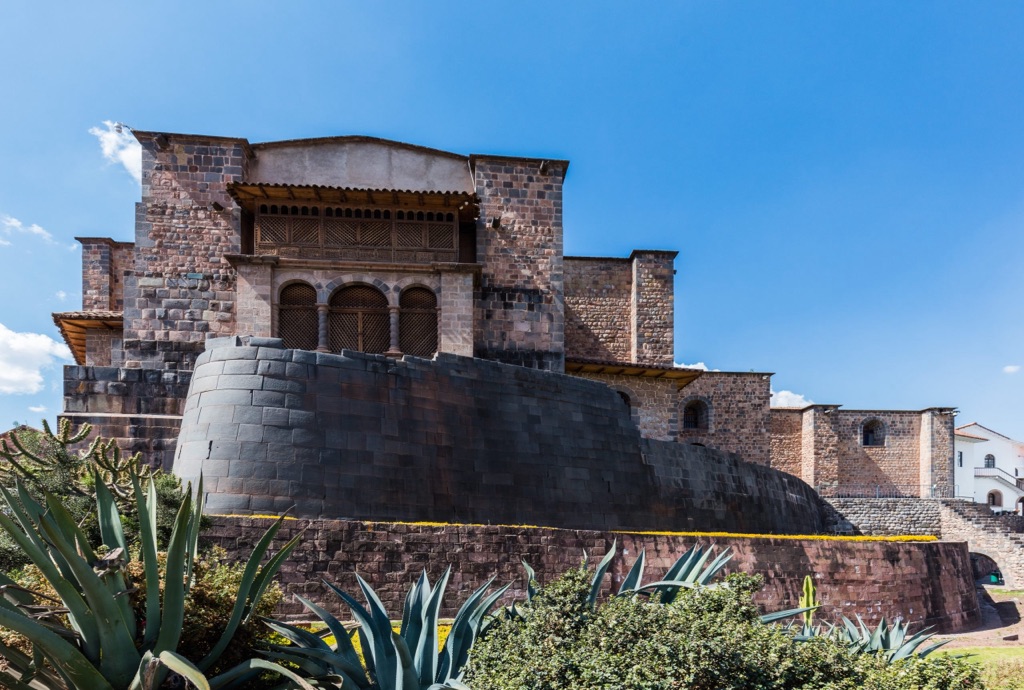Coricancha, also known as the ‘Golden Temple,’ is a significant historical site located in Cusco, Peru. This ancient Inca temple was once the most important temple in the Inca Empire, dedicated primarily to Inti, the Sun God. The walls and floors were once covered in sheets of solid gold, and its adjacent courtyard was filled with golden statues. Spanish reports tell of its opulence that was ‘fabulous beyond belief’. Today, all that remains is the masterful stonework, a testament to the Inca’s advanced architectural skills and aesthetics.
The Inca Empire
Incan Historical Sites and Ruins
Incan Mythology
| Viracocha: The Inca Creator God |
| Inti: The Inca sun god |
| Illapa: The Inca God of Thunder |
Inca Artifacts
| Incan Quipu |
|
Sapa Inca Royal Mummies
|
| Tumi |
| Kero |
Historical Figures
| Pachacuti Inca Yupanqui |
| Túpac Inca Yupanqui |
| Huayna Capac |
| Atahualpa |
| Manco Inca Yupanqui |

Q’enqo
Q’enqo is a unique archaeological gem located near Cusco, Peru. This ancient Inca site, also known as Kenko, holds a deep cultural significance. As a ceremonial center, Q’enqo was a place where Incas honored the sun, moon, and stars. Its name derives from the Quechua word meaning ‘zigzag,’ possibly due to the labyrinth-like channels carved into its rocks. These channels are thought to have been used for sacred rituals involving the flow of chicha or perhaps blood during sacrifices.
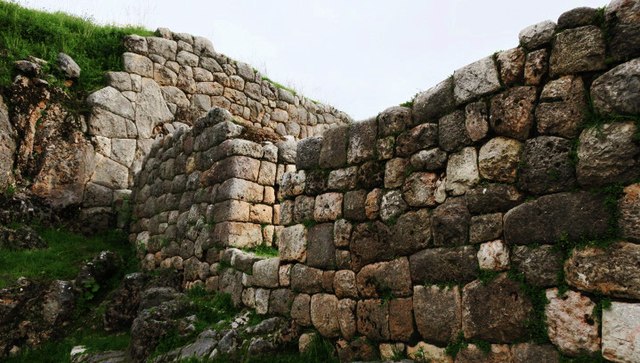
Puca Pucara
Puca Pucara stands out as a captivating historical site near Cusco, Peru. Its name, translating to ‘Red Fortress’, hints at its past military importance. Visitors marvel at the remains of walls, terraces, and staircases. They reflect the strategic design of the Incas. Scholars believe it served as a guard post along the Incan road system. It was a place to rest for travelers and an administrative center. Tales of ceremonial practices also emerge from its storied past. This site provides an invaluable window into ancient Incan civilization.
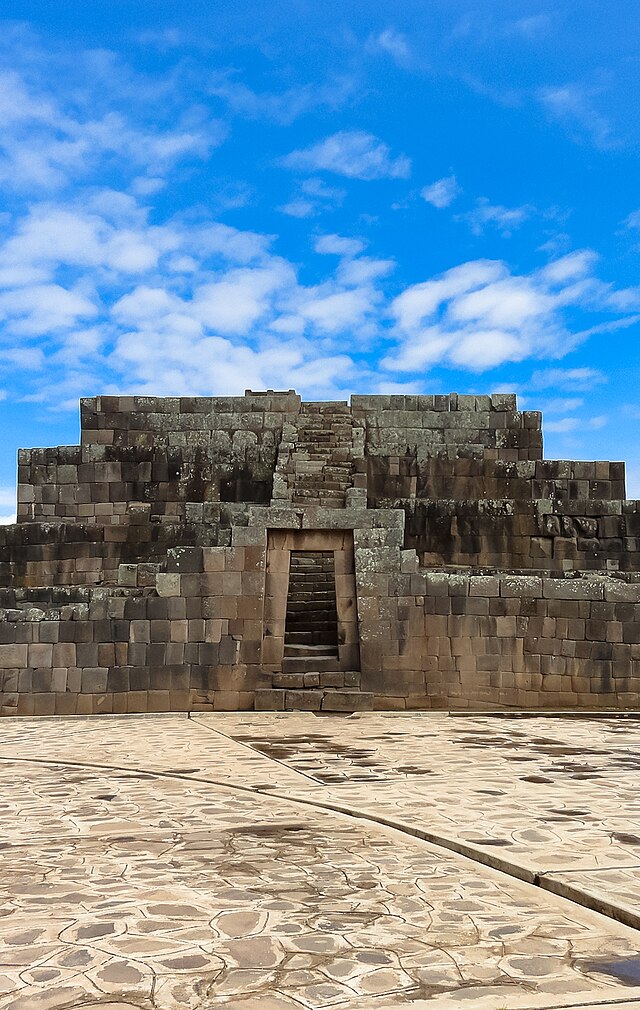
Vilcashuamán
Vilcashuamán, nestled in the Andes, stands out as a testament to Inca engineering and culture. This ancient site once served as an administrative center, showcasing the Inca’s strategic urban planning. Each structure had a purpose, from religious ceremonies to astronomic observation. Today, travelers can marvel at the Temple of the Sun and the ushnu, or ceremonial platform. These remain stark reminders of the Inca’s reverence for nature and their deities. The solid stonework and precise alignment with celestial bodies highlight their mastery over the environment. By exploring Vilcashuamán, we gain insight into the Inca civilization’s advanced societal structure and deep-rooted spirituality.
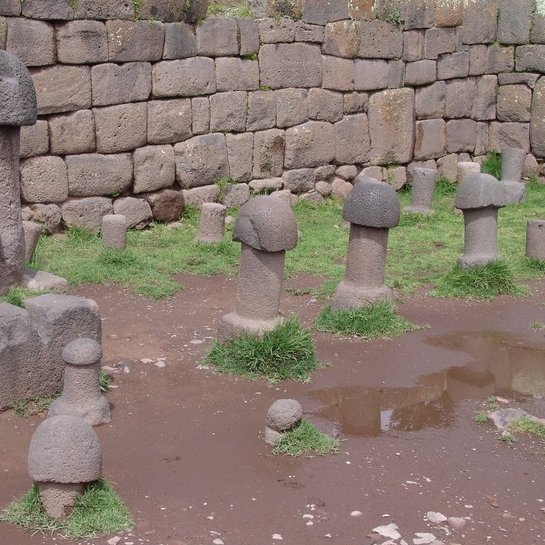
Inca Uyo
Inca Uyo, also known as the Temple of Fertility, is a significant archaeological site located in the Puno Region of Peru. This ancient site, believed to have been used for fertility rituals by the Inca civilization, features an array of stone phalluses, earning it its name. The Inca Uyo is an important symbol of the Inca’s religious practices and societal organization, providing invaluable insights into their culture and beliefs.
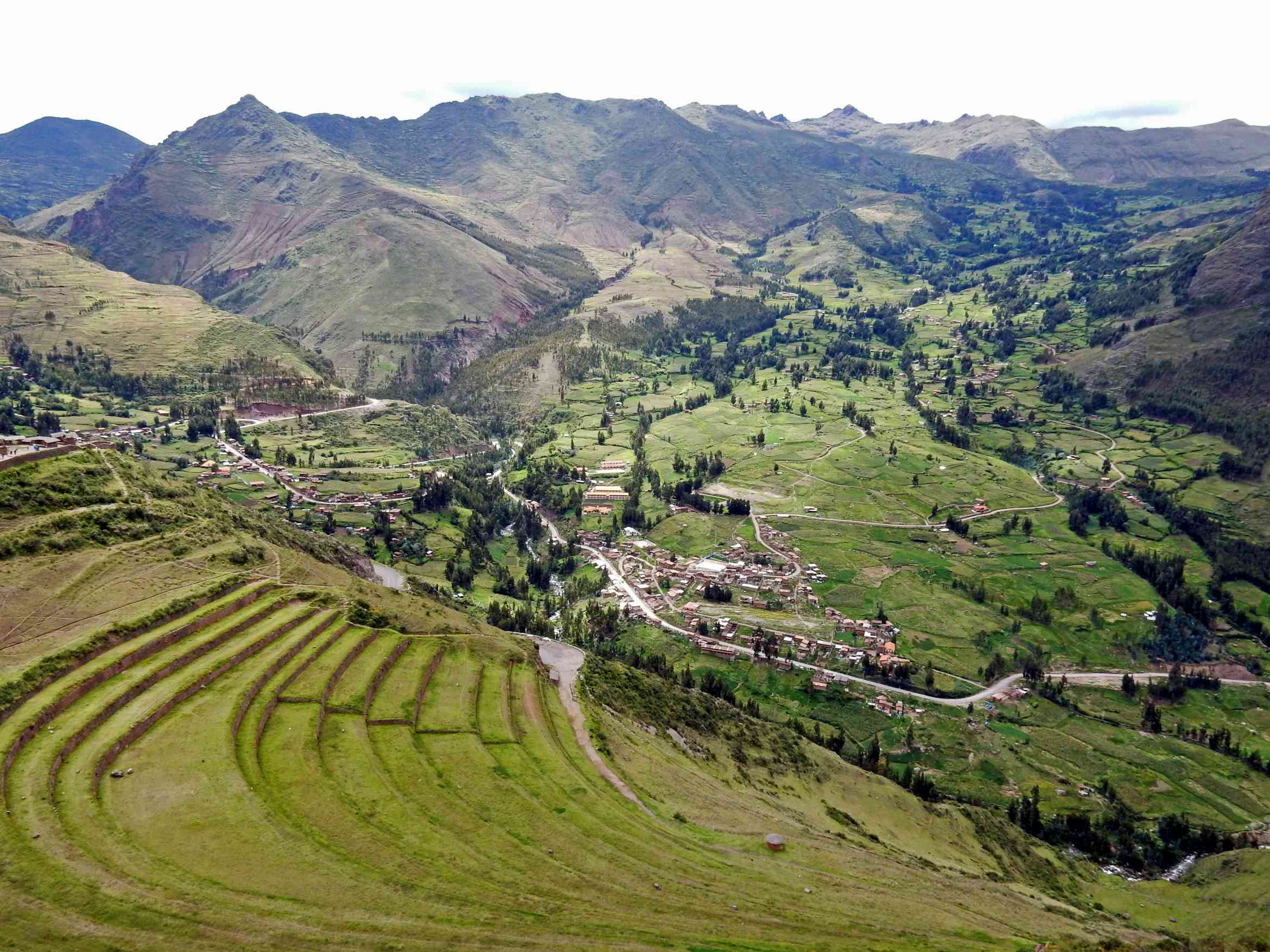
Inca complex at Písac
Perched elegantly in the Sacred Valley of the Incas, the Písac Ruins are a testimony to architectural genius. Begging exploration, this archaeological gem blends harmoniously with the rugged Andean landscape. Each terrace carved into the hillside whispers the ingenuity of Inca civilization. Here, visitors can wander through residential areas, religious sites, and a fortress. They might find themselves marveling at the precision of stone walls intricately built without mortar. Truly, Písac offers a window to the past where one can immerse themselves in the historical richness of Peru.

